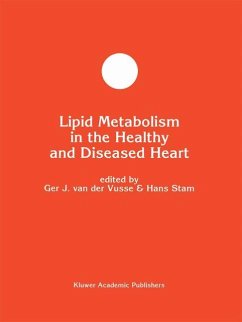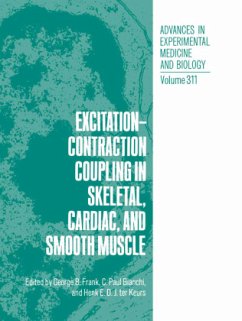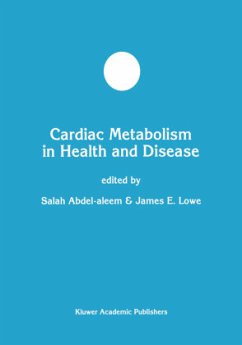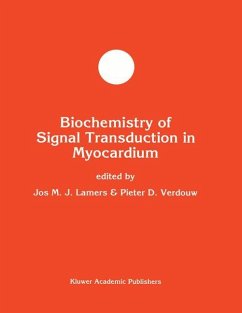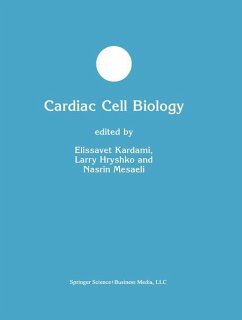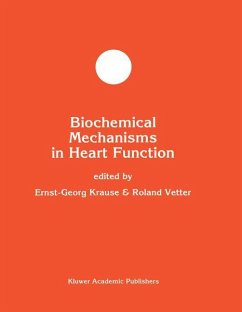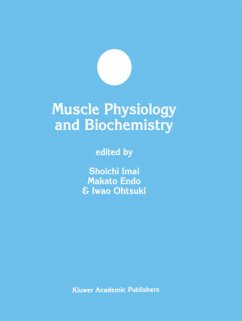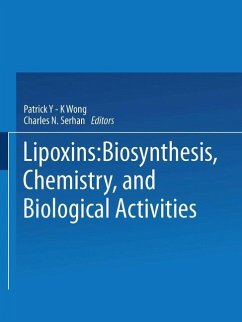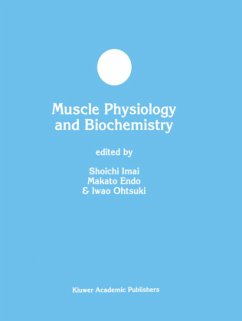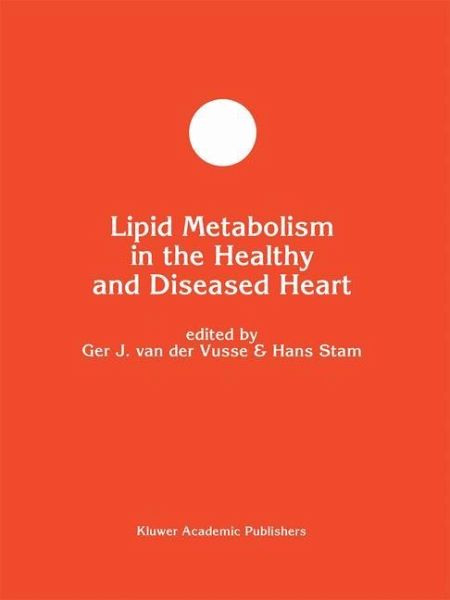
Lipid Metabolism in the Healthy and Disease Heart

PAYBACK Punkte
58 °P sammeln!
The discovery of the second-messenger functions of on serine and threonine residues. Although there is inositol 1,4,5-trisphosphate (Ins(1 ,4,5)P 3) and 1,2-dia general agreement that PKC plays an important role in cylglycerol (DAG), the products of receptor-stimulated the initiation and/or modulation of receptor-linked re phosphatidylinositol 4,5-bisphosphate (PtdIns( 4,5)P ) 2 sponses, the precise nature or molecular details of this hydrolysis, marked a turning point in the studies on the involvement remain elusive. There are several sugges mechanisms of mediation of functional hormone and t...
The discovery of the second-messenger functions of on serine and threonine residues. Although there is inositol 1,4,5-trisphosphate (Ins(1 ,4,5)P 3) and 1,2-dia general agreement that PKC plays an important role in cylglycerol (DAG), the products of receptor-stimulated the initiation and/or modulation of receptor-linked re phosphatidylinositol 4,5-bisphosphate (PtdIns( 4,5)P ) 2 sponses, the precise nature or molecular details of this hydrolysis, marked a turning point in the studies on the involvement remain elusive. There are several sugges mechanisms of mediation of functional hormone and tions of possible functions of PKC, including involve neurotransmitter responses. The historical background ment in modulation of ionconductance, regulation of of this discovery and the extensive bibliography of the receptor interaction with components of (other) signal 2 enormously expanding knowledge in this field was re transduction pathways, modulation of Ca + sensitivity cently presentedby Rana and Hokin [1], the latter of contractile proteins and gene expression [6]. author who first observed the 'phosphoinositide' effect The receptors involved in the activation of the adeny 35 years ago. It was, however, the Ca2+ gating hypothe late cyclase and PtdIns cascade pathways have one com sis proposed by Michell [2] on basis of a survey of mon feature. They are present in the plasmamembrane observations on the phosphoinositide turnover in a as complexes with GTP binding proteins (G-proteins).




